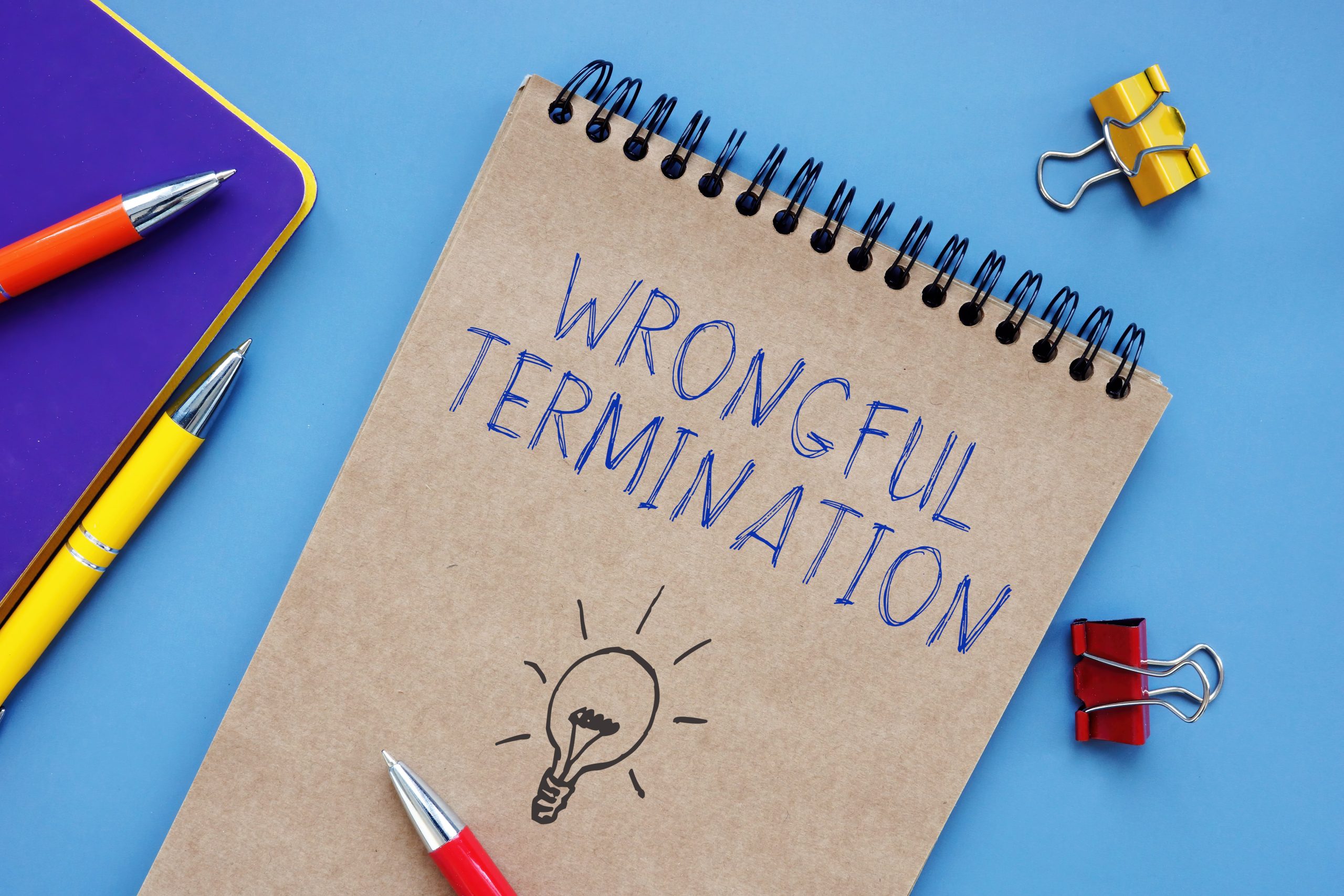In employment law, few issues evoke as much concern and confusion as wrongful termination. Employees in Los Angeles and across the United States often grapple with the legality and fairness of their dismissal from a job. Understanding the burden of proof in wrongful termination cases is essential for employees and employers to navigate this complex legal terrain effectively.
Wrongful termination occurs when an employer unlawfully fires an employee, violating federal or state laws, employment contracts, or public policy. In Los Angeles, as in many other jurisdictions, specific laws and regulations protect employees from unjust dismissal.
Types of Wrongful Termination
Wrongful termination can take various forms, including:
- Discrimination: Firing an employee based on protected characteristics such as race, gender, religion, or disability.
- Retaliation: Dismissing an employee in retaliation for reporting workplace harassment, discrimination, or illegal activities.
- Breach of Contract: Violating the terms of an employment contract, including termination without cause when such cause is required.
- Public Policy Violations: Firing an employee for reasons that violate public policy, such as refusing to commit an illegal act or exercising a legal right.
Burden of Proof in Wrongful Termination Cases
The burden of proof in a wrongful termination case rests with the plaintiff, the former employee, alleging unlawful dismissal. To succeed in such a case, the plaintiff must typically demonstrate the following:
- Employment Relationship: Establishing that an employment relationship existed between the plaintiff and the defendant (employer) is crucial. This may involve providing documentation such as employment contracts, offer letters, or payroll records.
- Protected Characteristic or Activity: If the wrongful termination claim is based on discrimination or retaliation, the plaintiff must show that they belong to a protected class or engaged in a protected activity. This requires presenting evidence of discriminatory actions or retaliatory behavior by the employer.
- Adverse Employment Action: The plaintiff must prove that they experienced an adverse employment action, such as termination, demotion, or significant changes in job responsibilities or compensation.
- Causation: Establishing a causal link between the adverse employment action and the protected characteristic or activity is essential. This involves demonstrating that the termination was motivated by discriminatory or retaliatory intent rather than legitimate business reasons.
Evidence in Wrongful Termination Cases
In building a case for wrongful termination, plaintiffs typically rely on various types of evidence, including:
- Direct Evidence: This includes explicit statements, emails, or documents directly indicating discriminatory or retaliatory motives behind the termination.
- Circumstantial Evidence: Indirect evidence such as patterns of behavior, differential treatment of employees, or termination timing relative to protected activities can also support a wrongful termination claim.
- Witness Testimony: Testimony from coworkers, supervisors, or other individuals with relevant knowledge of the events leading to the termination can strengthen the plaintiff’s case.
- Documentation: Employment records, performance evaluations, disciplinary notices, and other documents can provide valuable insights into the circumstances surrounding the termination.
Defenses Against Wrongful Termination Claims
Employers facing wrongful termination claims may assert various defenses to refute the plaintiff’s allegations. Common defenses include:
- Legitimate Business Reasons: Employers may argue that the termination was based on legitimate business considerations such as poor performance, misconduct, or economic factors unrelated to the plaintiff’s protected status or activities.
- At-Will Employment: In jurisdictions where at-will employment is the default, employers may argue that they had the right to terminate the plaintiff’s employment without providing a specific reason.
- Lack of Evidence: Employers may challenge the sufficiency or credibility of the plaintiff’s evidence, attempting to undermine the strength of the wrongful termination claim.
Importance of Legal Representation
Given the complexities involved in wrongful termination cases, seeking legal representation from a qualified employment attorney in Los Angeles is essential for both employees and employers. An experienced Los Angeles wrongful termination lawyer at Rager & Yoon – Employment Lawyers can provide invaluable guidance throughout the legal process, from evaluating the strength of the case to presenting compelling arguments in court.
Protect Your Rights With Rager & Yoon – Employment Lawyers
Understanding the burden of proof in wrongful termination cases is vital for anyone involved in employment disputes. By comprehending the legal principles and evidentiary requirements underlying these claims, employees can assert their rights and seek justice for unlawful treatment in the workplace. Likewise, employers can mitigate liability risks by adhering to fair and lawful employment practices. With the assistance of knowledgeable legal professionals, both parties can navigate the complexities of wrongful termination litigation with confidence and clarity.
In conclusion, wrongful termination cases necessitate a thorough understanding of the burden of proof, evidentiary requirements, and legal defenses. By leveraging the expertise of experienced employment attorneys, individuals in Los Angeles can effectively pursue or defend against claims of unlawful dismissal, safeguarding their rights and interests in the workplace.




